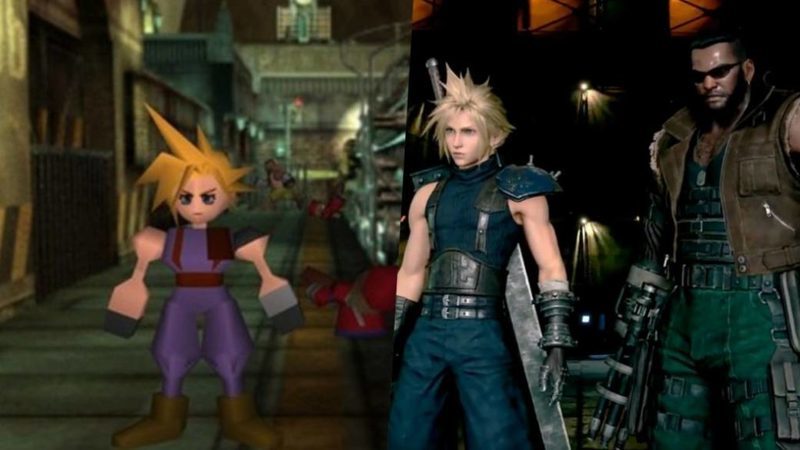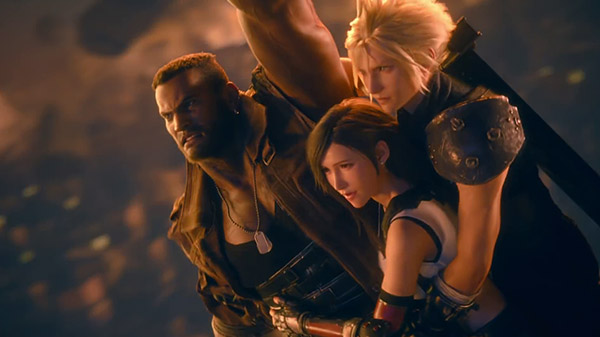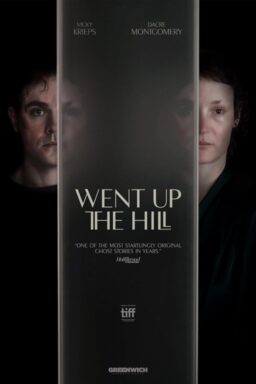The art of video games is old enough now that classic games are getting remade and reimagined to appeal both to a new generation and to those who still fondly remember the original. For years now, we’ve had remasters from console to console. For example, PS3 hits being given the visual polish and refined controls to play on a PS4. However, they are essentially the same game. But an increasingly interesting genre of the gaming world consists of games that have been completely remade from the top down like the Capcom releases of “Resident Evil 2” and “Resident Evil 3,” and April’s stunning overhaul of “Final Fantasy VII” into a game that works from many of the same story elements but feels completely new in every other way. This is no mere visual spit shine. This is a remake of a classic game with entirely new development tools, resulting in an incredible 2020 experiences that doesn’t owe as much to the original as some remasters and remakes. Sure, if you’re a “FF” fan, you will find more to like here, but I could also easily see this game becoming a gateway to this universe for new players. It’s that accessible and easy to enjoy.
“Final Fantasy VII Remake” is actually the first in a series of games remaking the 1997 hit for the original Sony PlayStation. It expands on the world and story of that game so much that it’s going to need multiple titles to accomplish its goals. One of the interesting elements of the story of “FFVII Remake” is that this experience, now actually available, was something of a joke in the industry given how long it’s been in rumored production. Early in the 2000s, the remake was announced, but then essentially shelved as developers went on to work on “Final Fantasy XIII” and its sequels. As far back as 2005, there was a PS3 demo of the game shown at E3. It wasn’t for another decade that the game entered a serious development phase, led by key members of the original team, including Tetsuya Nomura and Yoshinori Kitase. In April 2020, the game was finally released into a world stuck at home and looking for something to do, and millions of players jumped back into a story that started almost a quarter-century ago.

You play as Cloud Strife, a young man who used to be a soldier for the evil company Shinra, but has now joined the opposition, a group called Avalanche. “Final Fantasy VII Remake” opens with Cloud having become a new member of a team of rebels, who are planting a bomb at a Shinra reactor. Through the action of the excellent opening scenes, the player learns the basics of the combat system here, which is more action-driven than the turn-based structure of the original. It’s a system in which combat fills a bar, which can then be used to unleash special powers, but it’s highly customizable to your gameplay style. It’s a game with basic RPG elements in that you can find and buy weapons, use potions, cast spells, etc., but it also has echoes of action-driven games like “Devil May Cry” or “God of War.” The combat is addictive, the perfect balance of “Easy to learn but hard to master.”
We learn that Cloud has been brought into this group by an old friend named Tifa. In combat scenes in which Tifa or other allies are alongside you, the player can move between protagonists, and will eventually have to really learn each character’s strengths to complete some of the tougher battles. After that first chapter, Cloud finds his way to Midgar, a legendary location in “FF” lore that really serves as the focus of this chapter of the remake. Cloud is haunted by his past, pulled in two directions by secrets of his back story and the group of ecoterrorists that he now fights alongside. Early in the game, side missions open up, from the silly diversions like finding lost cats in Midgar to more combat-driven ones like cleaning out an infested factory, but the game is largely pointed in one direction narratively.

Visually, “Final Fantasy VII Remake” looks almost completely like a 2020 game. Some of the backgrounds are a little flat, and some of the mechanics still feel a bit dated (although that date is more early ‘10s than late ‘90s) but this is very much a game that stands with titles of the PS4 generation in terms of graphic and gameplay. As with all “FF” games that I’ve played, some of the “dungeons”—repeated rooms of combat that are often accompanied by a little puzzle-solving—get pretty repetitive and are a beat or two too long, but even those usually culminate in a boss fight that’s rewarding and fun to decipher. For example, a chapter ends with a massive battle in which you really have to alternate using Cloud, Tifa, and Barret to get it done, balancing what each does well. You have access to the power structure of all three characters, particularly with something called Materia, which determines the spells each can cast. I made Cloud an aggressive combatant with spells like Fire and Thunder and used Tifa as a protector with spells like Cure and Revival.
Sure, it’s fun, but what does all of this have in common with film techniques or storytelling? That’s usually what we focus on here at RogerEbert.com, trying to define the common languages between the two. There are long cinematic cut scenes in “FFVIII Remake” (and most “FF” games, especially the modern ones) that owe a great deal to film anime and science fiction, particularly that of Japanese origin. But the “Final Fantasy” franchise has been as influential in the other direction, inspiring the storytelling of television and film almost more than the other way around. (For example, I saw echoes of Netflix’s “Altered Carbon” in this game for sure). When the history of video games is written in future generations, the “Final Fantasy” series gets its own long chapter. It’s been around for over three decades, spinning off into other genres and storytelling styles, and even getting its own wide theatrical release (2001’s “Final Fantasy: The Spirits Within”) and other DVD releases (2005’s “Final Fantasy VII: Advent Children” is, naturally, influential on this title, as it continues the original game’s story and influenced the design here).
More than 150 million units of “FF” games have been sold, and the best games in this series have really redefined their art form. And there’s something poignant and special about a video game team of pioneers going back to one of their greatest hits in a way that doesn’t feel nostalgic as much as shows how much this series has and still matters.












